The potential difference between two conductors is 1 volt'. Explain the meaning of this statement.
To explain the meaning of the statement "The potential difference between two conductors is 1 volt," we can break it down into several key points:
1. Definition of Potential Difference:
- The potential difference (often referred to as voltage) between two points in an electric field is defined as the work done per unit charge in moving a charge from one point to another.
2. Understanding the Unit of Voltage:
- The unit of potential difference is the volt (V). One volt is defined as the potential difference when one joule of work is done to move one coulomb of charge between two points.
3. Interpreting the Statement:
- When we say the potential difference between two conductors is 1 volt, it means that if you move a charge of 1 coulomb from one conductor to the other, 1 joule of work is required to do so.
4. Relation to Electric Potential Energy:
- The potential difference can also be understood in terms of electric potential energy. If a test charge of +1 coulomb is moved in the electric field created by these conductors, it experiences a change in potential energy of 1 joule.
5. Practical Implication:
- This concept is fundamental in understanding how electric circuits work. A potential difference of 1 volt indicates that there is enough energy to move charges, which can result in current flow when a circuit is closed.
Final Explanation:
In summary, the statement "The potential difference between two conductors is 1 volt" signifies that moving a charge of 1 coulomb between these conductors requires 1 joule of work. This concept is crucial for understanding how electricity operates in various applications.
- The potential difference (often referred to as voltage) between two points in an electric field is defined as the work done per unit charge in moving a charge from one point to another.
- The unit of potential difference is the volt (V). One volt is defined as the potential difference when one joule of work is done to move one coulomb of charge between two points.
- When we say the potential difference between two conductors is 1 volt, it means that if you move a charge of 1 coulomb from one conductor to the other, 1 joule of work is required to do so.
- The potential difference can also be understood in terms of electric potential energy. If a test charge of +1 coulomb is moved in the electric field created by these conductors, it experiences a change in potential energy of 1 joule.
- This concept is fundamental in understanding how electric circuits work. A potential difference of 1 volt indicates that there is enough energy to move charges, which can result in current flow when a circuit is closed.
In summary, the statement "The potential difference between two conductors is 1 volt" signifies that moving a charge of 1 coulomb between these conductors requires 1 joule of work. This concept is crucial for understanding how electricity operates in various applications.
Topper's Solved these Questions
- CURRENT ELECTRICITYBOOK - ICSECHAPTER - CURRENT ELECTRICITYEXERCISE - Exercise-9(B)Multiple choice
3 Videos
- CURRENT ELECTRICITYBOOK - ICSECHAPTER - CURRENT ELECTRICITYEXERCISE - Exercise-9(B) Numericals
4 Videos
- CURRENT ELECTRICITYBOOK - ICSECHAPTER - CURRENT ELECTRICITYEXERCISE - Exercise-9(A)Numericals
3 Videos
- ELECTRICITY AND MAGNETISM BOOK - ICSECHAPTER - ELECTRICITY AND MAGNETISM EXERCISE - TOPIC 2 Magnetism (4 Marks Questions )
6 Videos
Similar Questions
The potential difference between points A and B is
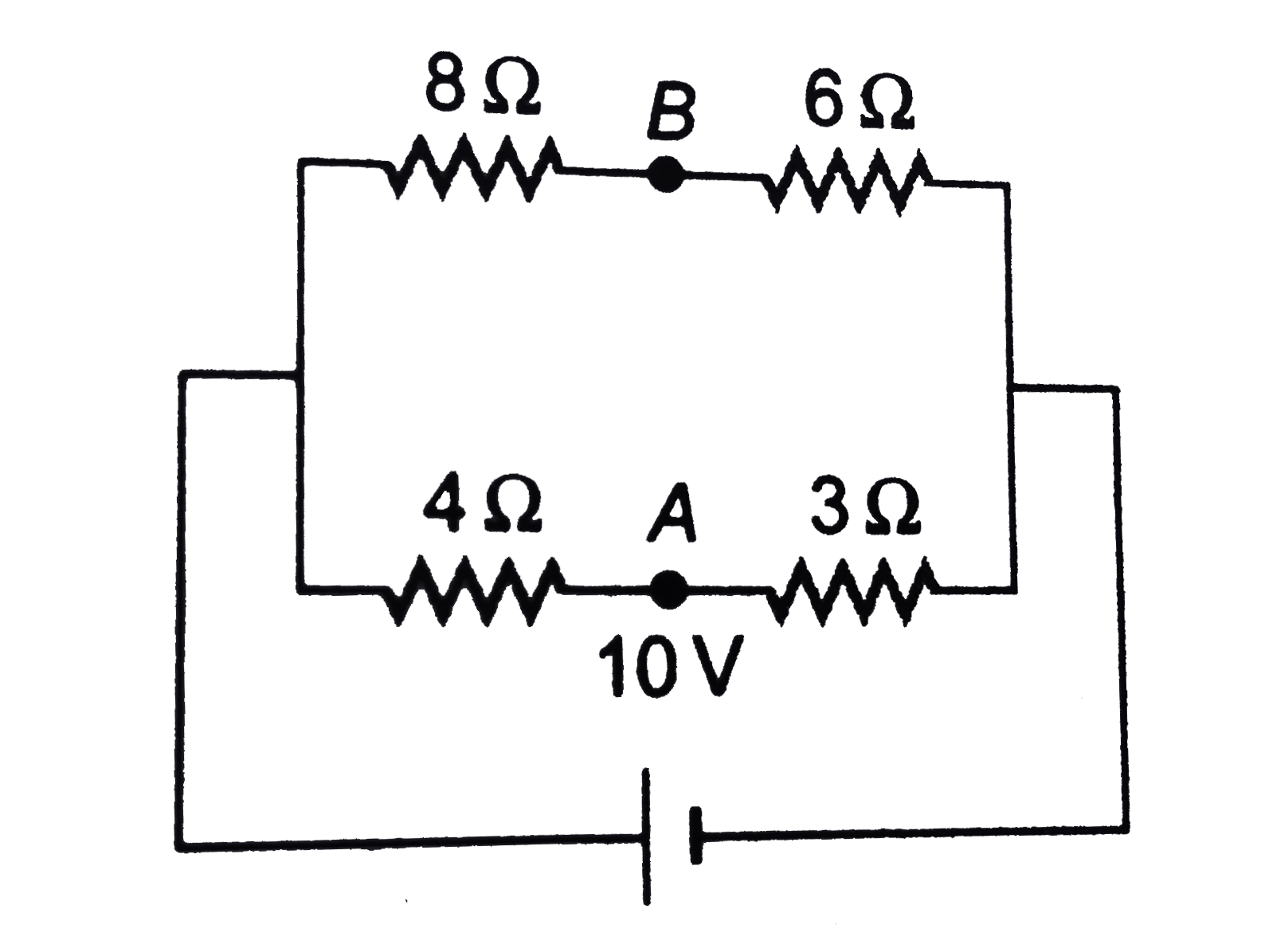
View SolutionThe potential difference between points A and B is

View SolutionThe potential difference between points A and B is
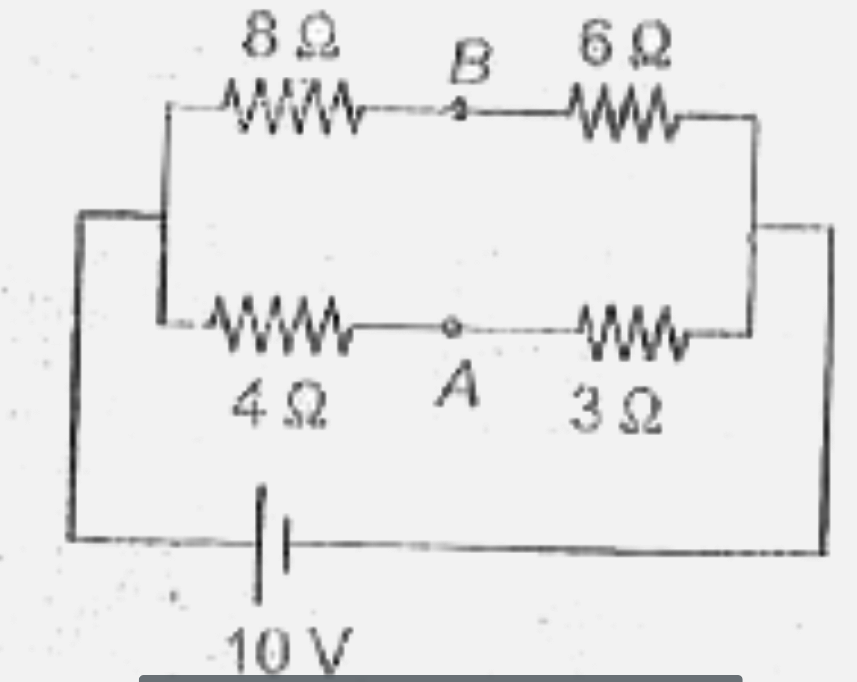
View SolutionIn the figure potential difference between A and B is :
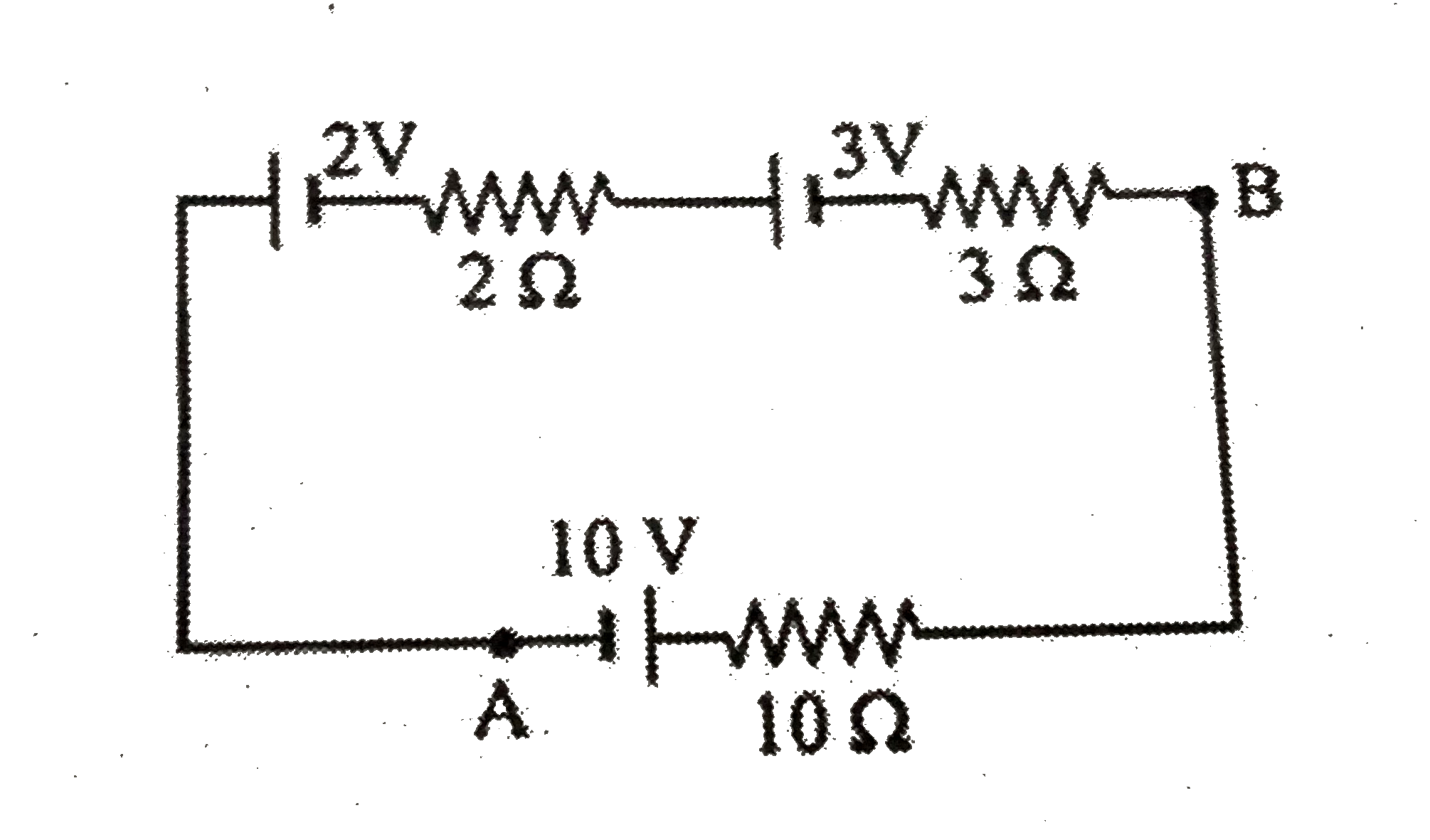
View SolutionIn the figure, potential difference between A & B is
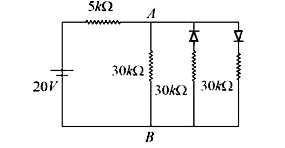
View SolutionIn the figure, potential difference between A & B is
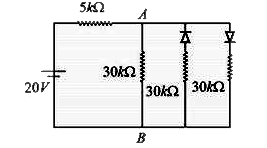
View SolutionIn the figure, potential difference between A & B is

View SolutionExplain the statement 'the potential difference between two points is 1 volt'.
View SolutionA charged spherical conductor of radius a and charge q is, surrounded by another charged concentric sphere of radius b(b>a). The potential differece between conductors is V. When, the spherical conductor of radius b is discharged completely, then the potential difference between conductor will be
View SolutionCan there be a potential difference between two adjacent conductors carrying the same charge ?
View Solution
